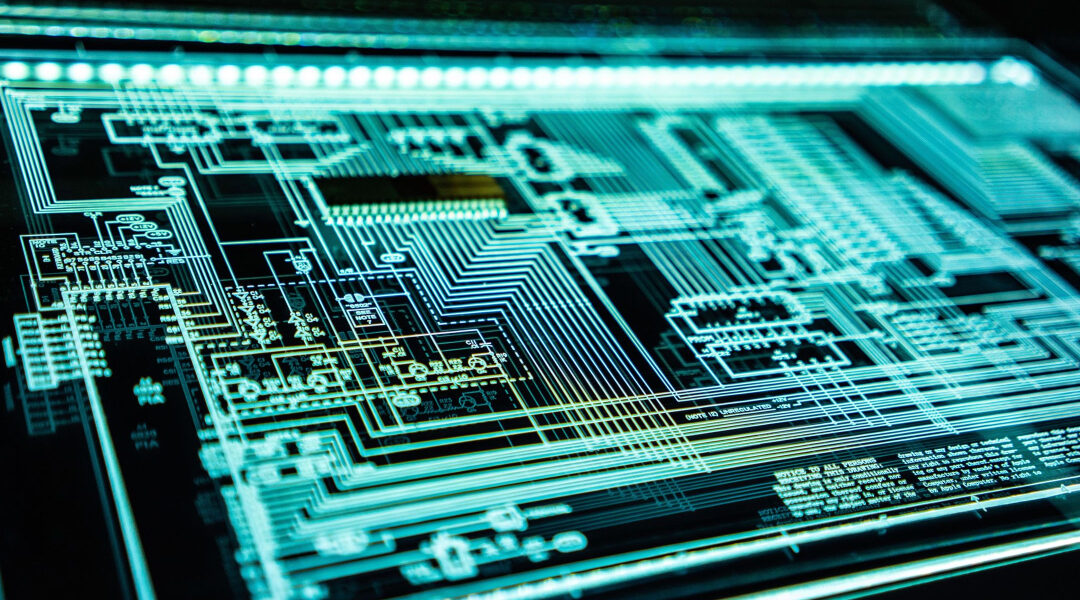In recent years, the healthcare industry has witnessed remarkable advancements in the realm of bioelectric technology. Two groundbreaking developments are poised to transform patient care and treatment outcomes, underscoring the growing importance of bioelectric technology in revolutionizing healthcare and providing new hope for patients across the globe.
The first innovation focuses on improving bladder function in stroke survivors, addressing a significant issue faced by these individuals. Stroke survivors often face challenges in regaining control of their bladder, which can impact their quality of life and increase healthcare burdens. However, a pioneering approach harnesses the potential of bioelectric technology to stimulate the nerves responsible for bladder control. By utilizing precise electrical impulses, this technology helps stroke survivors regain control and independence in their daily lives, offering newfound hope and improving their overall well-being.
Bioelectric technology, which involves the use of electrical signals and impulses within the human body, is increasingly recognized as a pivotal tool in the healthcare industry. It allows for targeted and non-invasive interventions, reducing the need for invasive surgeries and potentially harmful medications. Moreover, bioelectric technology often offers rapid and effective results, improving patients’ outcomes and their overall healthcare experience.
The second advancement centers around a percutaneous system designed to treat various dermatological conditions. This innovative system relies on nano-pulse stimulation to selectively eliminate unwanted cells while preserving surrounding healthy tissue. The potential applications of this technology extend beyond dermatology, holding promise for various medical fields.
One of the key advantages of this percutaneous system is its non-thermal and precise nature. Unlike traditional surgical methods, this technology minimizes damage to healthy tissue, reduces scarring, and accelerates the healing process. It also offers the potential to treat a wide range of medical conditions with minimal invasiveness, making it a versatile tool in the healthcare industry’s arsenal.
Both of these groundbreaking innovations exemplify how bioelectric technology is reshaping healthcare. These technologies not only enhance patient outcomes but also reduce healthcare costs and improve the overall patient experience. By minimizing the need for invasive procedures, bioelectric technology aligns with the growing trend towards personalized and minimally invasive medicine.
As these transformative technologies move closer to widespread adoption, the healthcare industry is set to witness a paradigm shift. Patients can look forward to more effective, less invasive, and safer treatments. Healthcare providers will be equipped with tools that improve patient care, reduce complications, and increase the efficiency of healthcare delivery.
The transformative potential of bioelectric technology in healthcare cannot be overstated. The advancements in improving bladder function for stroke survivors and the innovative percutaneous system represent just the tip of the iceberg in this rapidly evolving field. As these technologies gain traction and more breakthroughs follow suit, patients and healthcare providers alike can anticipate a brighter future with improved treatment options, better outcomes, and enhanced quality of life. The importance of bioelectric technology in revolutionizing healthcare cannot be ignored, as it paves the way for a healthier and more promising tomorrow.

